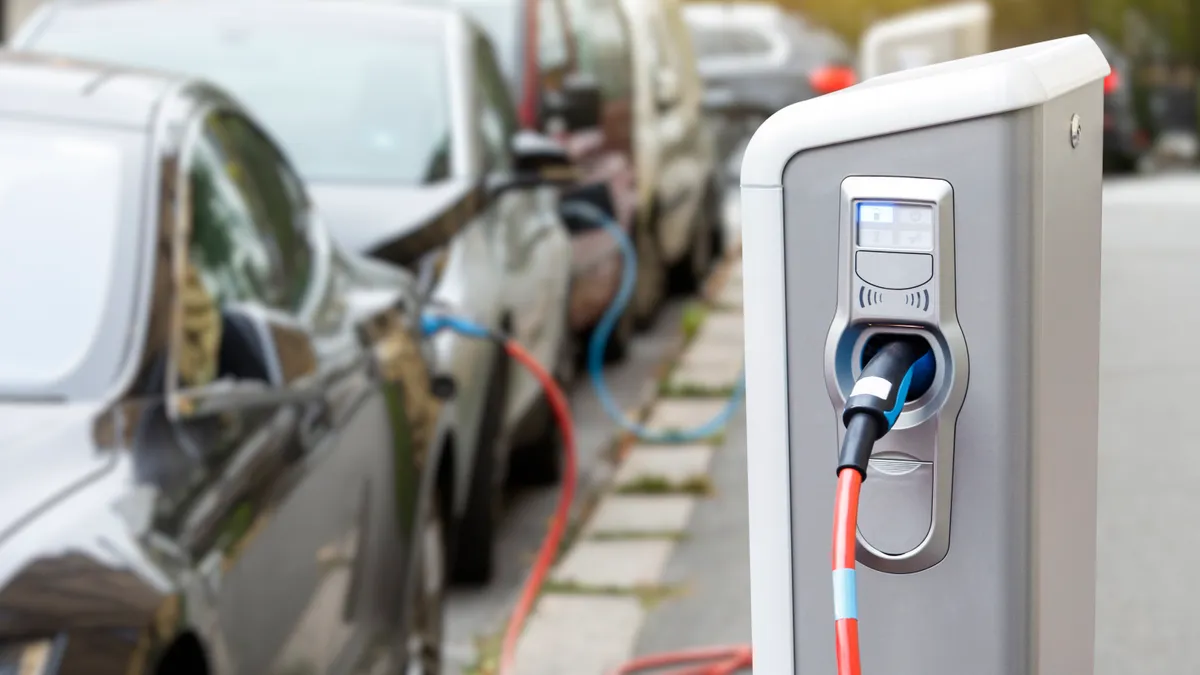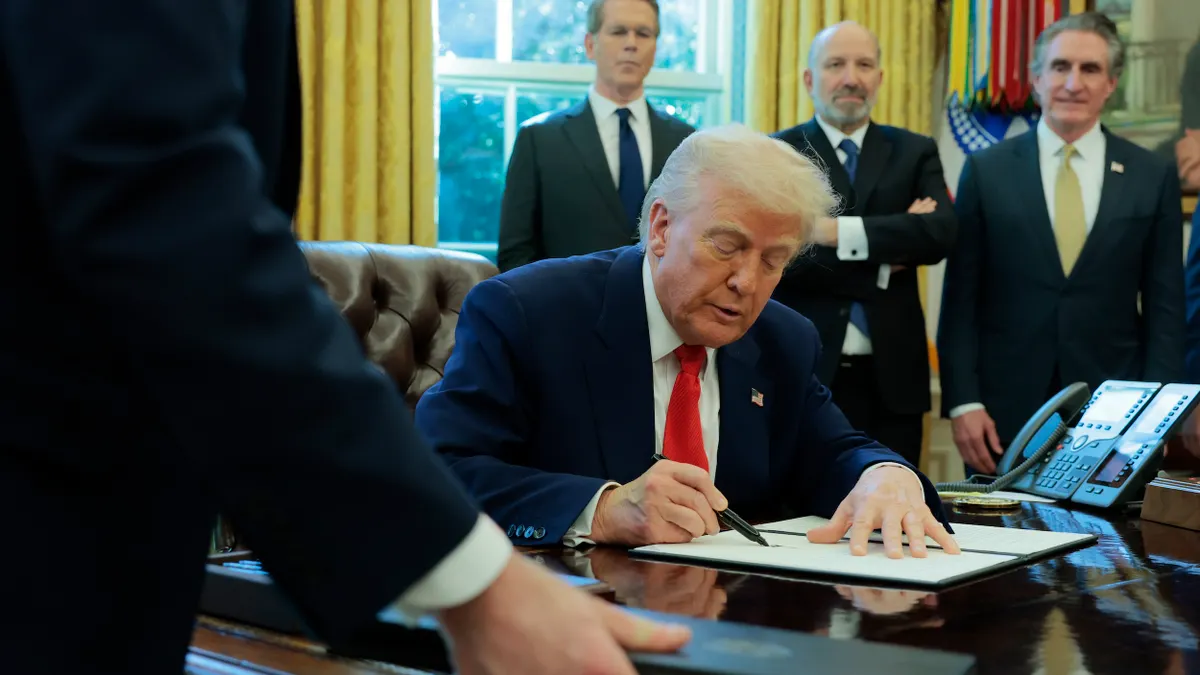Brandt Hastings is the president and CEO of Volta, an electric vehicle charging company that is a member of the Shell Group.
If the United States is going to meet the growing charging needs of electric vehicle drivers, we need more publicly accessible charging infrastructure.
While on-the-go charging at gas stations and larger hubs containing dozens of centralized EV chargers will be necessary as EV adoption accelerates, curbside chargers can be a good place for cities to start. These locations can be highly accessible to urban residents who park on the street, and their prominent streetside placements can educate passersby about the EV charging options available in their community.
Volta has learned the following five lessons firsthand from its work with cities to successfully install highly utilized curbside chargers.
1. Site curbside chargers in commercial areas, not just at city-owned buildings and parks.
While city-owned buildings such as libraries, city halls and community centers can play an important role in a municipality’s EV charging strategy, also place curbside chargers in heavily trafficked commercial areas such as shopping districts and popular public spaces. This approach helps ensure that charging infrastructure is readily available in areas people frequently visit, reducing the inconvenience of finding charging stations and the risk of underutilization of these essential assets.
To determine the most effective EV charger locations, planners and their charging vendors can employ predictive analytics tools to analyze data on EV usage patterns, traffic flow and population.
2. Find the right mix of charging speed options to meet the diverse needs of drivers.
Direct current fast chargers, which can recharge an EV to 80% in 20 minutes to 1 hour, are ideally suited to curbside locations in bustling commercial areas, where street parking has strict time limits and drivers are looking to run a quick errand. These areas are also frequented by ride-sharing drivers waiting to pick up their next customer.
On the other hand, L2 chargers, which can recharge an EV to 80% in four to 10 hours, are better suited for side streets where drivers may be parking overnight or in garages, where dwell times are often longer.
3. Select the right EV charging provider based on your city’s goals and EV drivers’ needs.
When selecting a charge point operator to partner with, cities have two primary options: a hardware provider or an owner-operator. Each option affords cities different benefits.
Owner-operators, like Volta, procure the hardware, install the chargers, manage the charging experience and maintain the physical chargers. The owner-operator can focus on providing reliable and convenient charging for residents, and the city can focus on educating constituents and planning all other aspects of transportation infrastructure. The downside for the city may be that it must negotiate with the owner-operator factors like charging rates, revenue the city receives and number and location of chargers.
Purchasing charging hardware from a charging vendor gives the city full control of the number of chargers they wish to install, the location of the chargers and the price they wish to charge drivers. At the same time, it can be challenging for cities to manage and maintain the chargers and keep up with rapidly evolving EV charging technology and the growing demand for public charging infrastructure.
Other factors cities should consider are across how many markets the charging provider operates, how advanced its technology is, whether it will use local labor for charge point construction and maintenance and whether it has technology partnerships with EV charging apps and automakers’ in-car navigation systems that allow all of their network’s chargers to be easily found by drivers.
4. Place EV chargers at locations that could attract new visitors to your city.
If your city or town is located near an interstate or other highway, consider building curbside EV chargers that benefit both travelers passing through and local residents.
While many EV chargers are being built along these travel corridors for those driving long distances, fast curbside charging options can bring visitors off the highway and onto iconic main streets. By doing so, cities can increase overall tourism and drive business activity that supports the local economy.
5. Think about chargers as community engagement tools, not just infrastructure.
Many EV charger models are available on the market, and most offer identical functionality — dispersing electrons. Chargers equipped with digital media screens, however, offer additional advantages.
These chargers can act as digital community message boards, providing residents with important information such as bike safety reminders, updates about composting and recycling programs or critical public messages. They can also display advertisements, which can boost sales at nearby stores.
Media-equipped chargers also create an additional revenue stream for charging providers, which is especially important in cities where EV adoption is still in its early stages and generating revenue from charging sessions alone may be insufficient for maintaining reliable charging infrastructure.


















